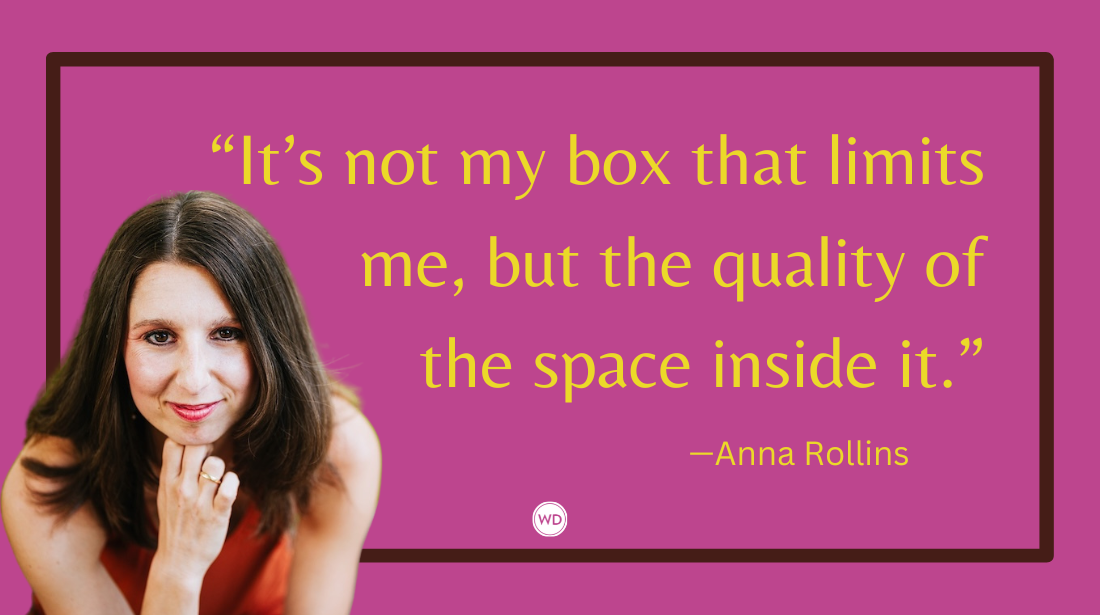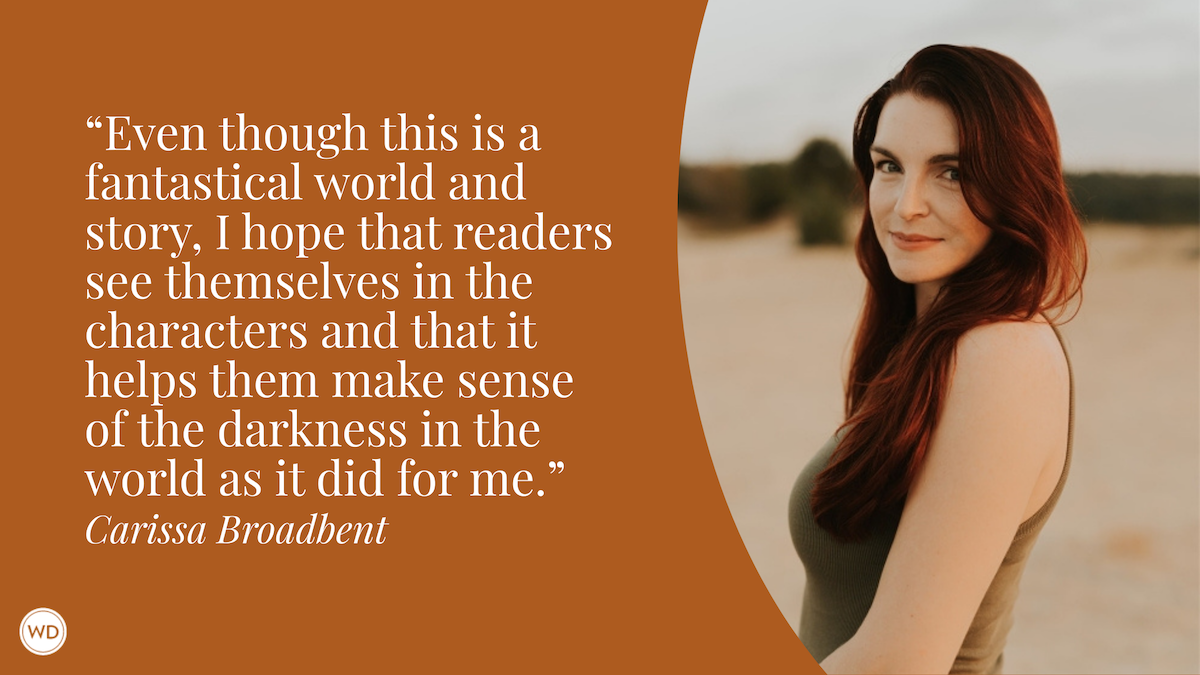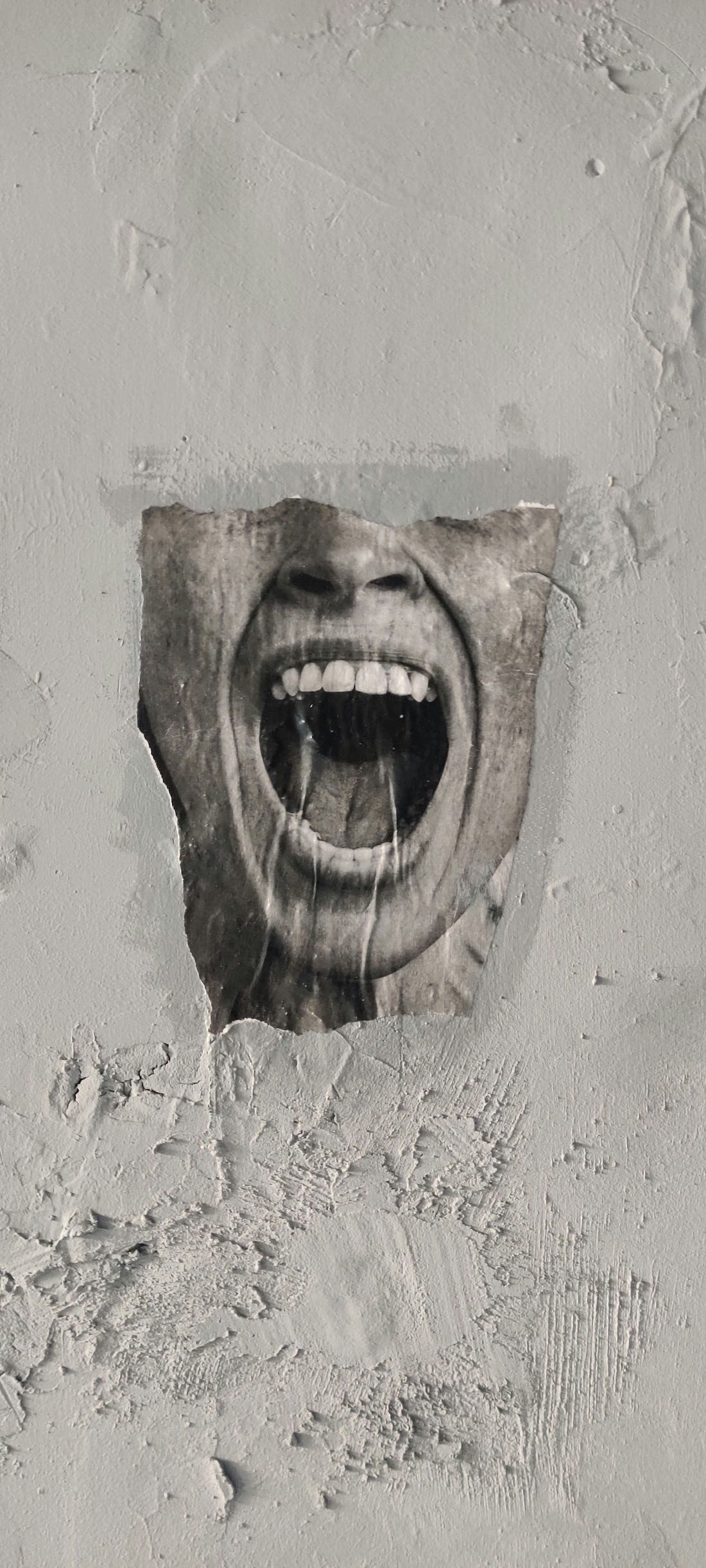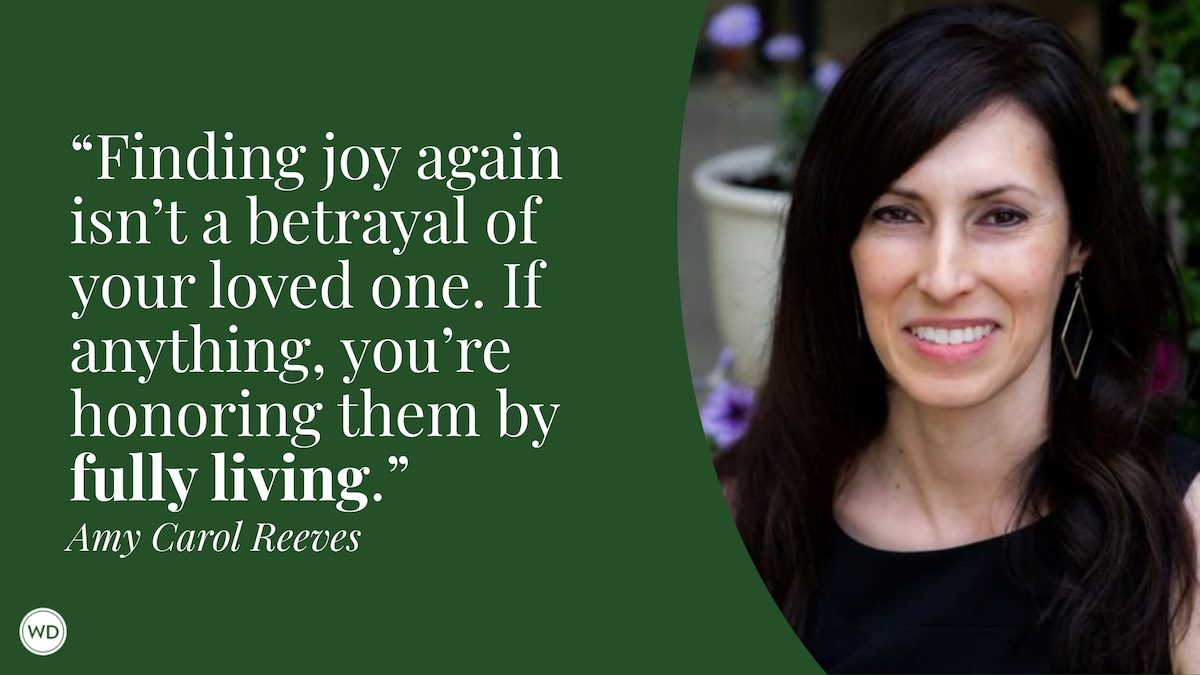Did You Hear That?
As you likely know, the term onomatopoeia refers to words that imitate sounds associated with actions and objects. Incorporate as many onomatopoetic words into a story or scene as you can.
As you likely know, the term onomatopoeia refers to words that imitate sounds associated with actions and objects. Incorporate as many onomatopoetic words into a story or scene as you can.
Here is a long list to get you started, but use your own if you prefer.
hiss, ping, crunch, pop, sizzle, bang, swish, smash, flutter, clunk, peck, whistle, smack, whack, hush, whir, tip-toe, whoosh, thud, zap, twang, cock-a-doodle-doo, squish, stomp, tap, thump, splash, purr, tinkle, gush, kerplunk, slurp, swirl, crash, whirl, clang, mumble, squeak, boom, meow, plop, cuckoo, pow, splat, quack, screech, zoom, tick-tock, burp, clip-clop, eek, hiccup, moo, oink, buzz
… and splonk, of course.
Post your response in the comments in 500 words or fewer.
This writing prompt was adapted from one of the 400 story starters and writing prompts in The Write-Brain Workbook Revised & Expanded.
Jess Zafarris is the Executive Director of Marketing & Communications for Gotham Ghostwriters and the former Digital Content Director for Writer’s Digest. Her eight years of experience in digital and print content direction include such roles as editor-in-chief of HOW Design magazine and online content director of HOW and PRINT magazine, as well as writing for the Denver Business Journal, ABC News, and the Memphis Commercial Appeal. She spends much of her spare time researching curious word histories and writing about them at UselessEtymology.com. Follow her at @jesszafarris or @uselessety on Twitter.









